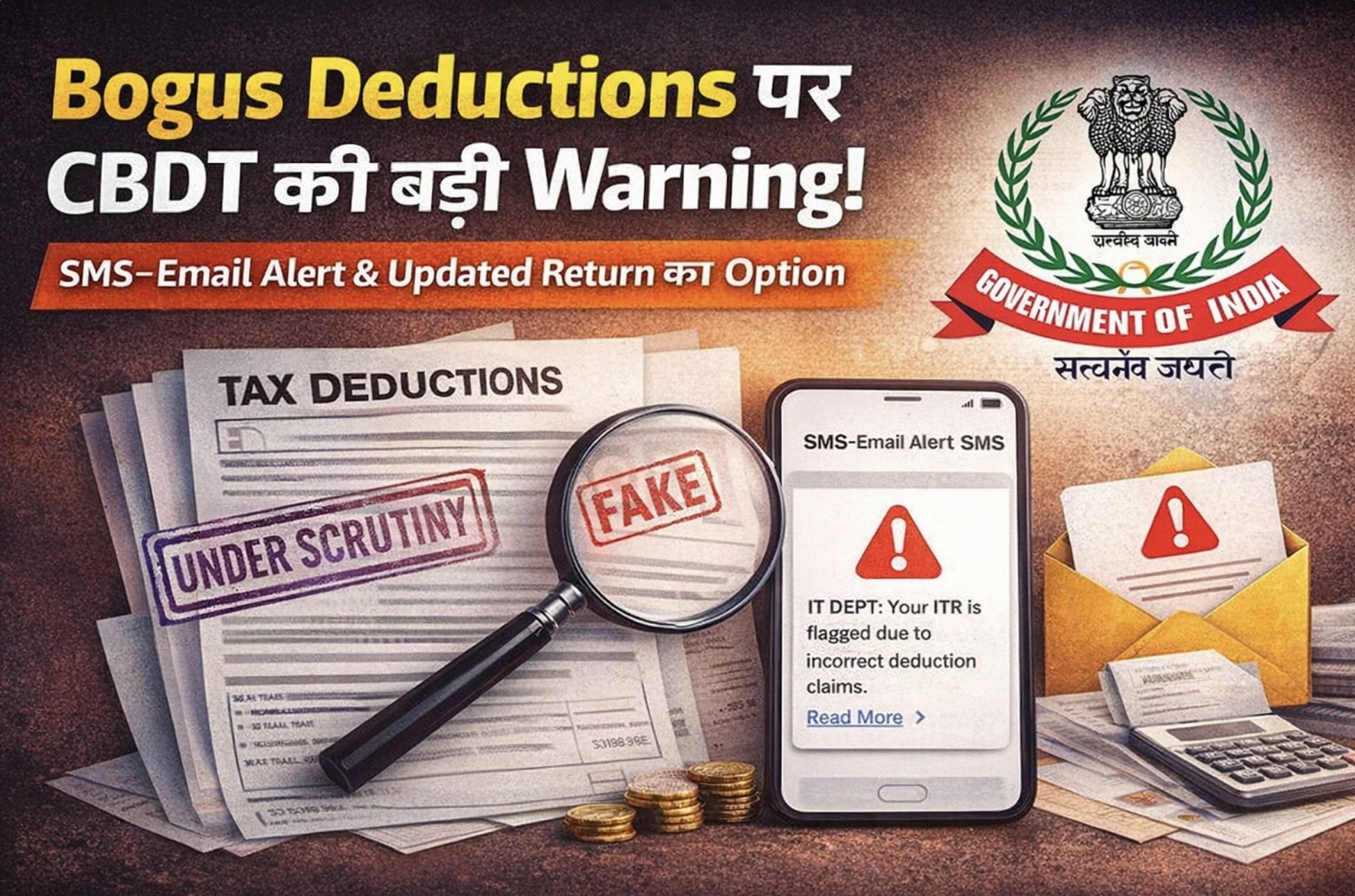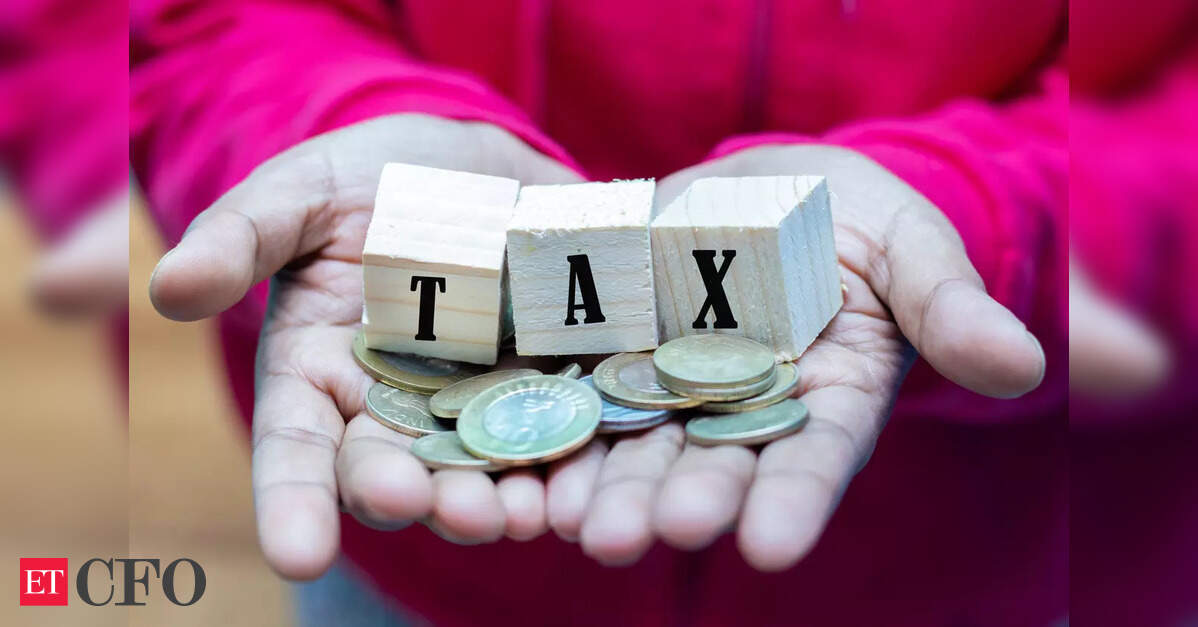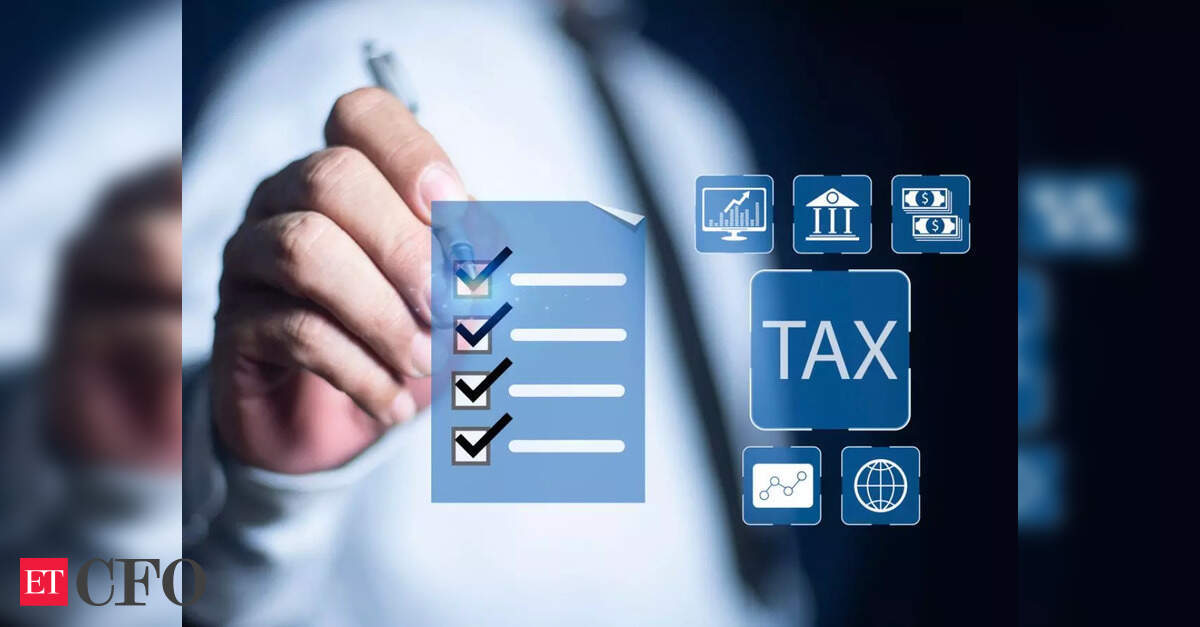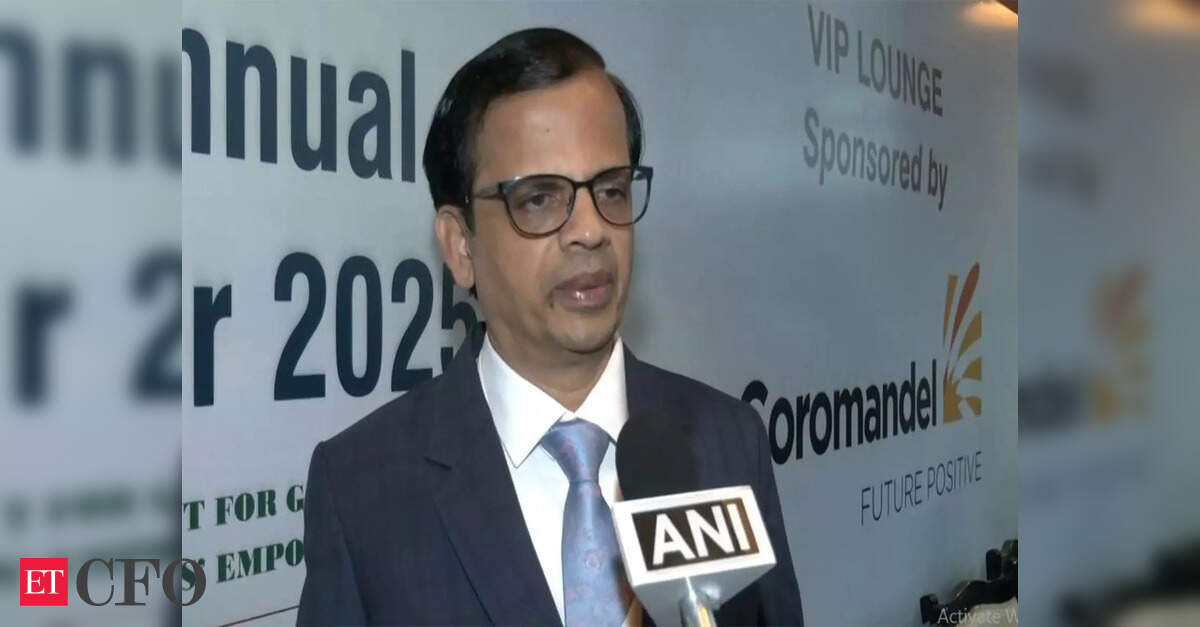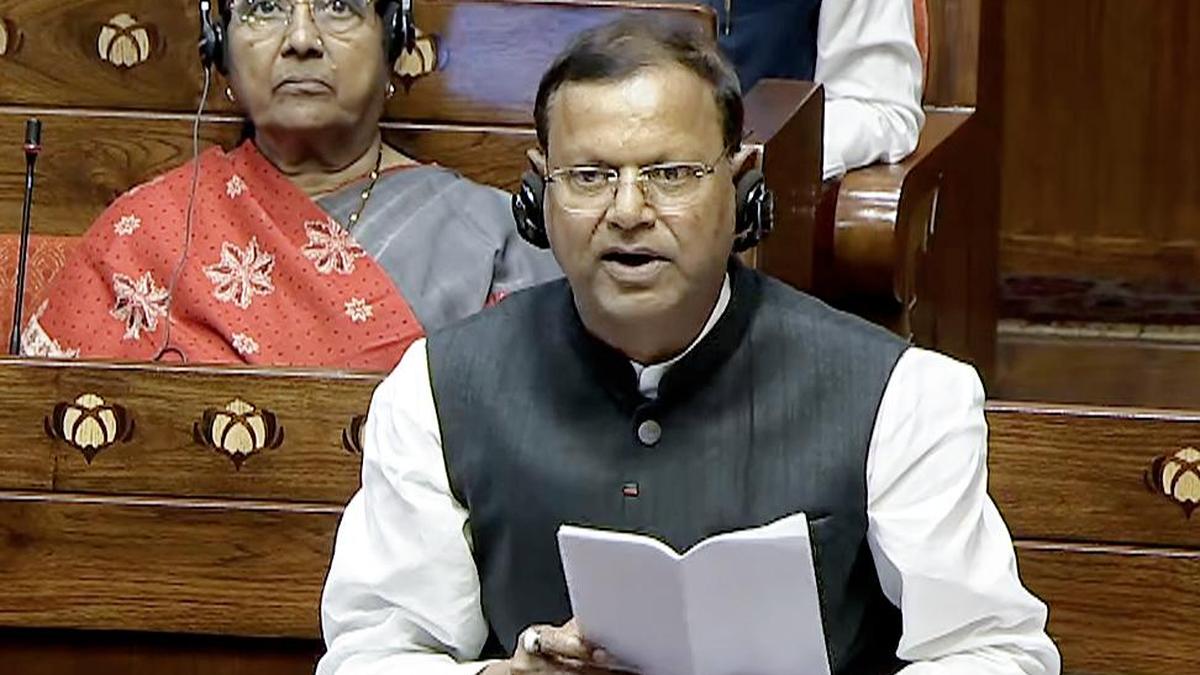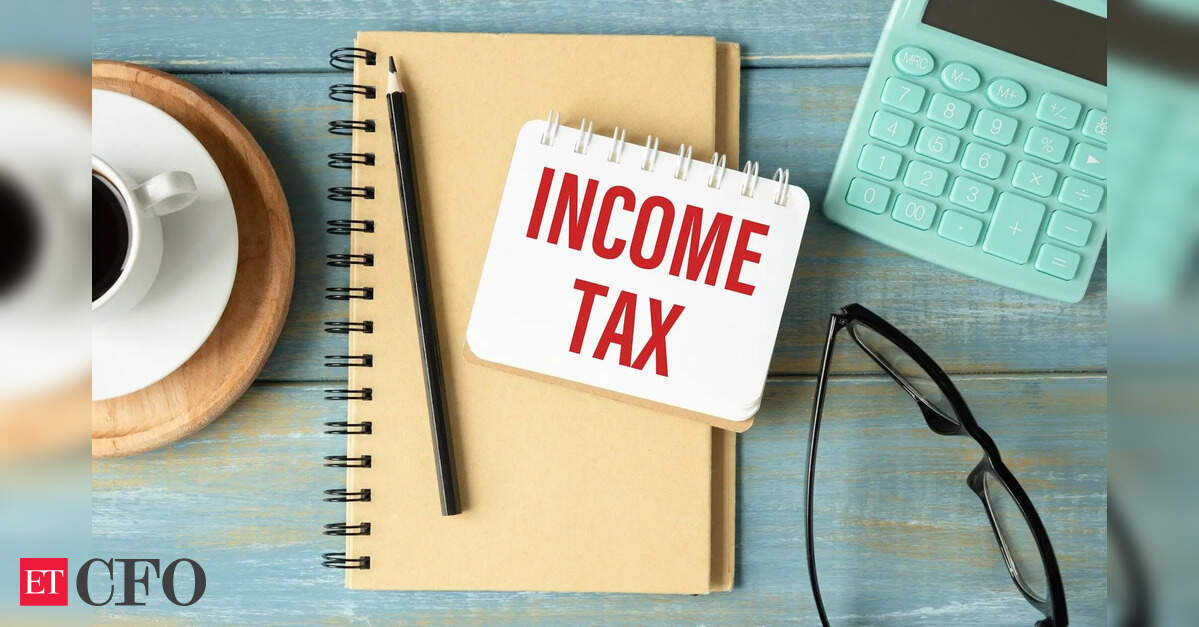The deadline to apply for higher pension under the Employees’ Pension Scheme (EPS) ends tomorrow ( July 11), unless the EPFO extends it further. A member of the Employees’ Provident Fund Organisation (EPFO) is eligible to receive pension if he/she is part of the Employees’ Pension Scheme (EPS). The pension under EPS starts from the age of 58 years for an individual.
Prior to 2014, employees had the option to choose a higher EPS, but an amendment brought in in 2014 caps the EPS contribution at 8.33 per cent. This means that an employee cannot contribute more than Rs 15,000 every month for his pension plan even if he or she draws a higher salary. But earlier this year EPFO issued guidelines to allow a section of its older members to opt for a higher pension under the EPS. The EPFO’s guidelines were issued in compliance with the Supreme Court’s November 4, 2022, order.
Eligible members now have the eption to let employers deduct a sum equal to 8.33 percent of the actual basic salary towards the EPS pension.
This means that employee and employer can sign up together, requesting the EPFO to deduct 8.33 percent of the higher monthly basic salary, thus ensuring a larger accumulation towards pension over their work life.
The deadline to do so was first extended from March 3, 2023, to May 3, 2023. The second extension moved the deadline to June 26, 2023 and then to the current July 11, 2023.
How to calculate high pension on actual salary
The formula for calculating higher pension is different for those retiring before September 1, 2014, and for those retiring after this date.
For those who retired before September 1, 2014, the pension will be calculated on the basis of average monthly pay drawn 12 months prior to retirement (or exit from the pension fund). For those who retired post this date, the pension will be calculated on the basis of average monthly pay during the 60 months immediately preceding the retirement.
At present, pension is calculated as being equal to pensionable salary (average of last 60 months’ salary) x number of years of contribution/70, according to EPF.
The EPFO also released an Excel utility-based calculator to estimate dues that one must pay from their EPF balance or their own savings if necessary.
Who can apply?
Two sets of employees and retirees are eligible to apply for higher pension on actual salary instead of the statutory salary limit of Rs 15,000 (or older limits of Rs 6,500 and Rs 5,000, if applicable) in place since September 1, 2014.
If you retired before September 1, 2014 and had exercised the joint option with your employer to claim higher pension then, you will have to apply for validation of the application. If you retired before this date but had not selected the higher pension option, you will not be eligible to apply now.
If you were in service prior to September 1, 2014, continue to be in service, you can make a joint application for a higher pension.
Pratik Vaidya, MD & CVO, Karma Global, a staffing & compliance organisation, said that the amount of higher pension that you will receive depends on the following factors:
The number of years you have contributed to the EPS.
Your average salary of your last 5 years (60 months) of employment
The percentage of your salary that you contribute to the EPS.
For example, if you have contributed to the EPS for 30 years, your average salary is Rs 20,000 per month, and you contribute 8.33% of your salary to the EPS, you will receive a higher pension of Rs 3,333 per month.
Besides the above, EPFO has also provided pension calculator and you need to firstly enter the wage amount from EPF enrolment or November 1995 whichever is latter, secondly disclose wage information until retirement or February 2023 whichever comes earlier, and the calculator will then show the monthly EPS amount payable.
According to the EPFO website disclaimer, “The dues calculated through the calculator is a ball park estimate.”
Actual dues calculated on the basis of records by the concerned Regional Office of EPFO will be authentic and that will be final which will be known only later which may throw up a surprise.
Additionally, the excel-based tool will determine the entire interest accrued on this unpaid contribution until March 31, 2023, using the historical EPF interest application for the relevant months and will also add up the additional 1.16% contribution to the EPS account . If the employee’s EPF account has a sufficient balance, both of these sums will be collected and paid to the EPS account.
Taxpayers seeking a higher monthly pension income and not requiring a large retirement corpus may opt for the Employee Pension Scheme (EPS), which offers a monthly payout throughout their retirement years.
It is recommended to consider your financial goals, tax implications, and personal preferences before making a decision.
Join our Practical GST Course:
with lifetime validity: https://cagurujiclasses.com/courses/gst-course-2022/
With limited validity: https://studywudy.com/courses/gst/
Join our Practical Income Tax, ITR & TDS Course:
with lifetime validity: https://cagurujiclasses.com/courses/practical-course-income-tax-itr-tds/
With limited validity: https://studywudy.com/courses/incometax/


